As Staff Writer Reviews at Tom's Guide, I get to test lots of cool consumer tech, from the best mechanical keyboards to the best drones, but I'm always the most excited when I get my hands on an instant camera. These nifty gadgets require thorough testing, so I usually spend up to a week with one. Quick math: I believe I've spent over 500 hours with all the ones I've tested so far, and I've got three others on my to-do list.
But which would I recommend? If you're planning on picking one up and can't decide, don't worry — I'm here to take you through the three best instant cameras and the features that make them fantastic and worth the money.

Nikita is Tom's Guide in-house instant cameras expert, and she's constantly testing one or the other. She has been using instant cameras since 2015, so she knows the features to look out for. Armed with knowledge about the semantics of instant photography, you can trust her to present facts backed up by thorough testing.
Things to consider
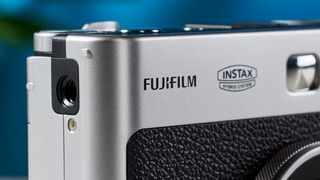
Brand: Are you a Kodak fan or a Fujifilm die-hard? There's also Lomography and Polaroid, even Leica. Deciding the brand will semi-determine your budget too. Fujifilm Instax cameras, for instance, can cost as little as $79 / £79 for the Instax mini 12, while a Leica SOFORT 2 could leave you $399 / £360 short.
Screen or no screen? Do you want to see the image before you print it? Then you need an instant camera with an LCD screen, and there are many cameras that come with one — such as the Instax mini LiPlay. Some of these cameras also come with internal memory or a microSD card slot to extend it.
Film costs: If you have a camera without internal storage, you'll need to make sure you have spare packs of film when out and about. Polaroid Go Color film packs generally cost about $19 / £18 per double film pack (16 pieces of film), while Instax mini film costs $14 / £14 per double film pack (20 pieces of film). And if you have a camera that uses wide film, such as the Instax Wide 400, film will cost $18 / £16 per double film pack (20 pieces of film).
Print quality: While most instant cameras use film, some use Zink paper or even an ink cartridge. Zink paper uses heat to activate colors in the paper. The advantage is that you don’t have to worry about accidentally exposing the paper to light. Personally, I prefer film over Zink paper and cartridges.
I'd buy these with my own money
The three I'd buy? The Fujifilm Instax mini Evo, the Polaroid Go Gen 2, and the Fujifilm Instax mini 12.
Fujifilm Instax mini Evo

The Fujifilm Instax mini Evo is my favorite instant camera, and I even used it to document my vacation. And I loved it so much that I did buy it with my own money. Fitted with a 3-inch TFT color LCD screen, you can see the image before printing it — and the camera saves up to 45 images in its internal memory, and this can be increased with a microSD card. If you want a camera that will let you unleash your creativity, this is it. The camera has a dial which lets you choose from 10 filters — monochrome, sepia, and more — and another dial which gives you access to 100 lens effects — like fisheye and double exposure. This means you get 100 different effect combos. All the combinations I tested worked really well and I was able to get creative in different scenarios. There's no other instant camera I've had as much fun testing.
The Instax mini Evo impressed me most while shooting in low-light conditions, thanks to the f/2 aperture. It's the best instant camera I've used for dimly lit environments. You can see a few sample shots in the gallery above and decide for yourself. This camera will cost you $199 / £174.
Read our full Fujifilm Instax mini Evo review.
Polaroid Go Gen 2

Launched earlier this year, the Polaroid Go Gen 2 is a nifty camera and, according to Polaroid, it's the world's smallest instant camera too. As it measures 4.13 x 3.3 x 2.44 inches, the camera is easy to hold, even if you have small hands. Minimalistically designed, the blue model I tested looks great, and the classic rainbow stripe logo above the lens adds a nice touch. The colorway also has some shiny material imbued into it, which gives the camera a classy, premium sheen. Its prowess lies in its ease of use, though, as you can simply point the camera and shoot, and the results are great (as can be seen in the gallery above).
The Go Gen 2 does not boast any fancy shooting capabilities. The most you get is being able to shoot double exposure images. Its flash has a range of 2 meters so it has no effect on distant objects, such as buildings or trees, but it works like a dream when you’re photographing people. This camera will cost you $79 / £79.
Read our full Polaroid Go Gen 2 review.
Fujifilm Instax mini 12

Fujifilm strikes again, and for beginners, the Instax mini 12 is an excellent choice. My first ever instant camera was an Instax mini 8 and since then, the Instax mini line-up has come a long way. Similarly priced as the Polaroid Go Gen 2, for $79 / £79, you get stellar print quality, a useful app to scan prints, great battery life, and all of this comes packed in a cute aesthetic. The curvy body is easy to grip and improves handling, and it's equipped with a retractable lens which has a focal length of 60mm. This means that it’s neither too wide nor telephoto, giving you a versatile standard field of view. A handy selfie mirror is located on the lens too.
The prints are gorgeous too. The Instax mini 12 faithfully reproduces colors. While focusing takes some trial and error, especially when multiple subjects are involved, the prints still turn out lovely, bright and detailed. And you can really get stuck in the details thanks to the camera's close-up mode. It doesn’t take macro shots per se, but it helps to focus on a flower, for example. If you want a no-frills, cutesy instant camera that adds a pop of color to your life and one even children will find easy to use, the Instax mini 12 is the one for you.
Read our full Fujifilm Instax Mini 12 review.
Regardless of the instant camera you choose, just remember to have fun. Not every print will turn out the way you envisioned but that's the beauty of it. What's life without a little trial and error?
More from Tom's Guide
- Moment T-Series Anamorphic lenses review
- TOPDON Thermal iPhone lens review
- DJI Osmo Action 5 Pro review
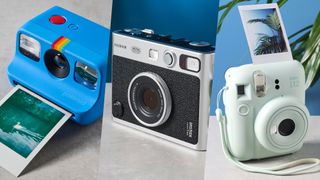
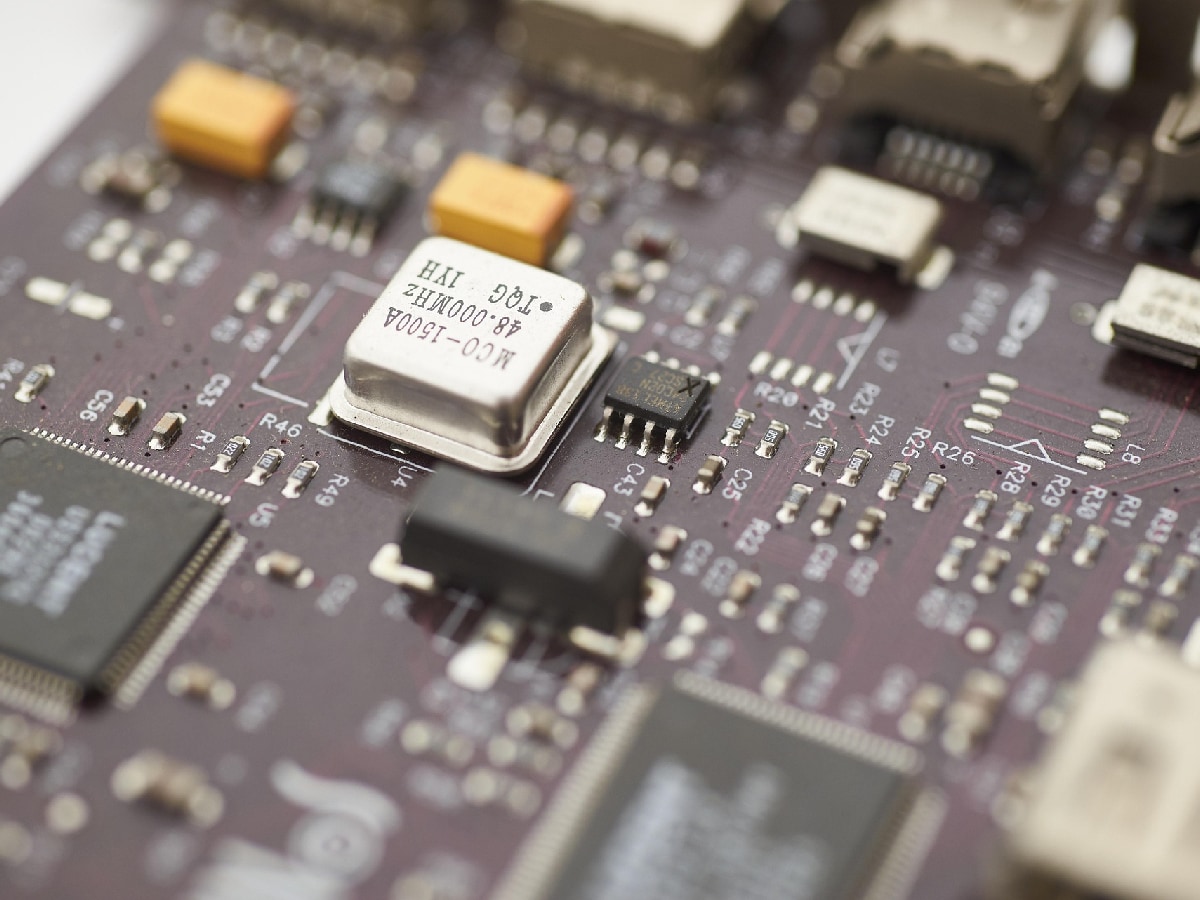


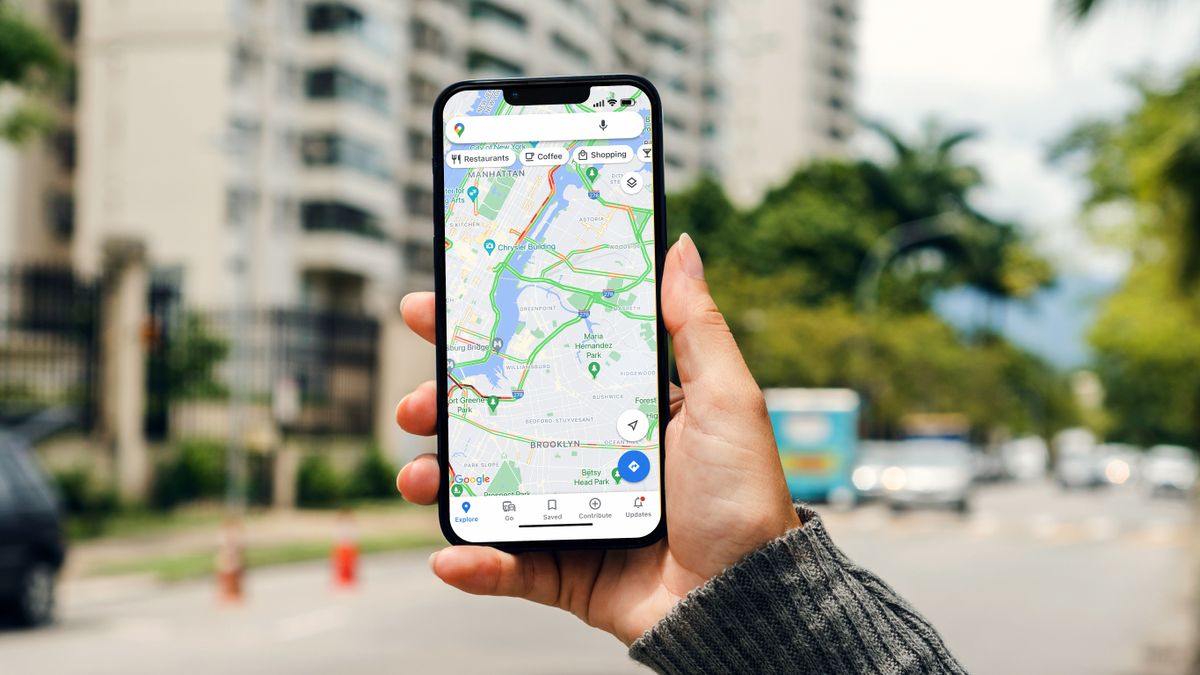



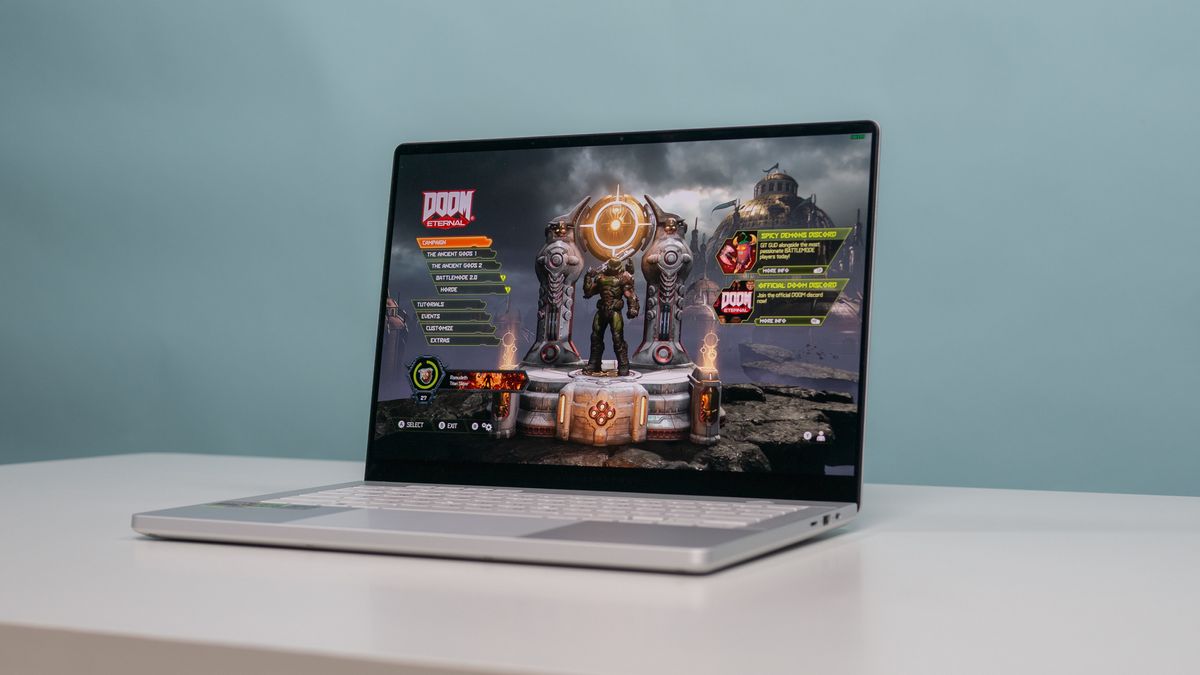

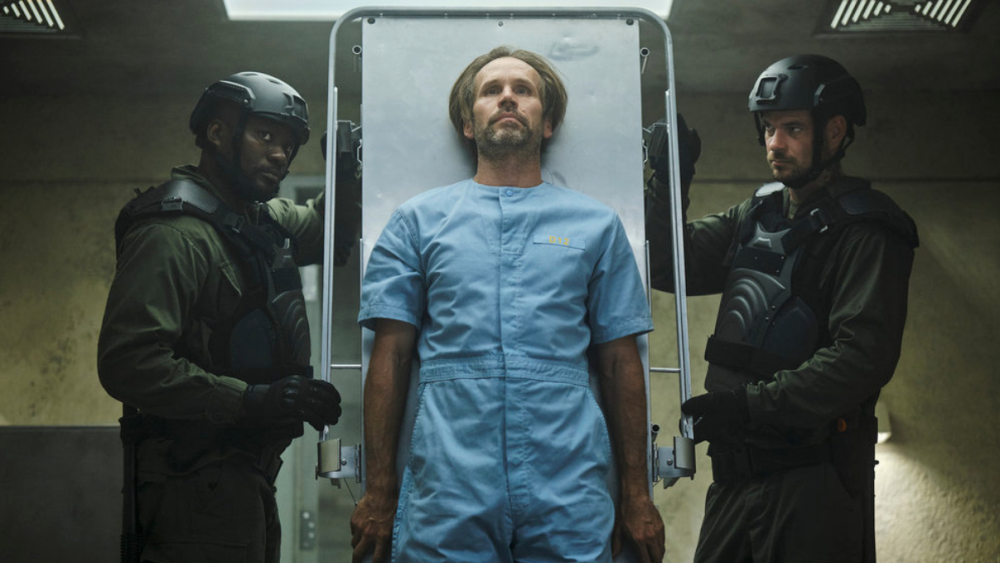










 English (US) ·
English (US) ·